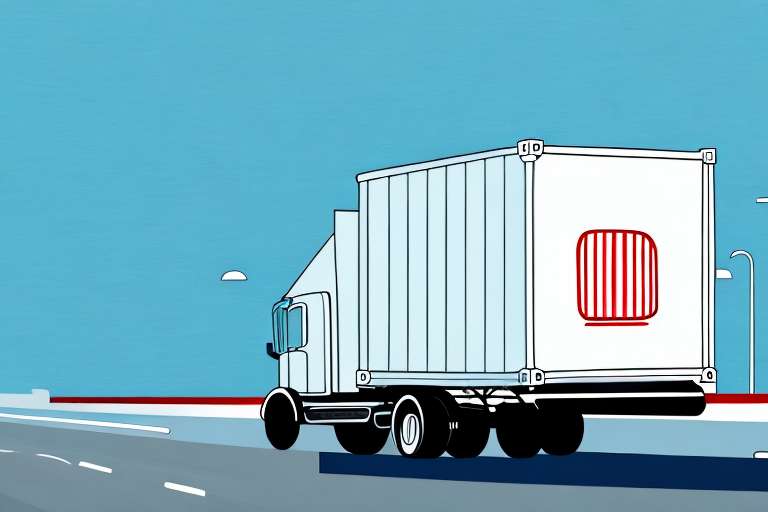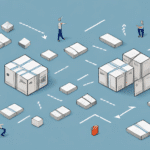In recent years, on-demand delivery services have witnessed a rapid rise in popularity. These services have revolutionized the way people shop and receive their goods, transforming the retail industry. This article provides an in-depth overview of on-demand delivery services, exploring their benefits, challenges faced by service providers, and their broader impact on the retail sector and employment opportunities. Additionally, we delve into innovative trends shaping the future of this dynamic industry.
The Rise and Growth of On-Demand Delivery Services
The concept of on-demand delivery services originated with the advent of ride-hailing platforms like Uber and Lyft, which allowed customers to request rides via smartphones. This model quickly expanded to encompass food delivery, grocery services, and package deliveries. As of 2023, the global on-demand delivery market is projected to reach over $400 billion, driven by advancements in mobile technology and increasing consumer demand for convenience (Statista).
Factors Driving Market Expansion
- Consumer Demand for Convenience: Modern consumers prioritize quick and hassle-free shopping experiences, leading to a surge in demand for same-day or even one-hour delivery options.
- Growth of E-Commerce: The exponential rise of online shopping has necessitated efficient delivery solutions to meet customer expectations.
- Technological Advancements: Innovations in mobile applications, GPS tracking, and real-time data analytics have streamlined delivery operations, enhancing service reliability.
Operational Mechanisms of On-Demand Delivery Services
On-demand delivery services operate through sophisticated platforms that connect customers with independent contractors or drivers. Here's how the process typically unfolds:
Order Placement
Customers place orders through mobile apps or websites, selecting from a variety of services such as food, groceries, or package delivery.
Assignment to Drivers
Once an order is placed, it's routed to available drivers in the vicinity. These drivers, often independent contractors, handle the pickup and delivery without being full-time employees.
Real-Time Tracking and Communication
Advanced GPS technology enables both customers and service providers to track the delivery in real-time. This transparency fosters trust and allows for efficient handling of any issues that may arise during transit.
Benefits of On-Demand Delivery Services
On-demand delivery offers numerous advantages to both consumers and businesses:
For Consumers
- Convenience: Ability to order products or services from the comfort of home without the need to travel.
- Time-Saving: Rapid delivery options cater to busy lifestyles, reducing the time spent on shopping.
- Wide Selection: Access to a diverse range of products and services from multiple vendors through a single platform.
For Businesses
- Expanded Reach: Ability to serve a larger customer base without the overhead costs of maintaining a physical delivery fleet.
- Increased Revenue Streams: Offering delivery services can open new avenues for income and customer engagement.
- Enhanced Customer Loyalty: Reliable and efficient delivery services contribute to higher customer satisfaction and repeat business.
Technological Innovations Fueling Success
Technology is at the heart of on-demand delivery services, driving efficiency and enhancing user experience:
Mobile Applications and User Interfaces
User-friendly apps facilitate seamless ordering, tracking, and payment processes, making the service accessible to a broad audience.
Advanced Logistics and GPS Tracking
Real-time tracking systems optimize delivery routes, reduce transit times, and improve overall operational efficiency.
Emerging Technologies
- Autonomous Vehicles: Companies are experimenting with drones and self-driving cars to further expedite deliveries.
- Artificial Intelligence: AI algorithms predict demand patterns, optimize inventory management, and enhance customer personalization.
Impact on the Retail Industry and Employment
On-demand delivery services have significantly influenced both the retail sector and the job market:
Transformation of Retail Operations
Retailers are adopting omnichannel strategies, integrating online and offline sales channels to provide a cohesive shopping experience. This integration often involves partnering with delivery services to fulfill online orders efficiently.
Employment Opportunities and the Gig Economy
While on-demand delivery platforms have created flexible job opportunities for millions globally, they have also sparked debates regarding worker rights and compensation. Ensuring fair wages and proper protections for independent contractors remains a critical challenge for the industry.
Challenges Faced by On-Demand Delivery Services
Despite their success, on-demand delivery services encounter several obstacles:
Intense Competition
The market is saturated with numerous players vying for market share, making differentiation a key challenge.
Driver Availability and Retention
Maintaining a reliable pool of drivers is essential for consistent service. High turnover rates and driver dissatisfaction can disrupt operations.
Regulatory and Legal Hurdles
Compliance with varying local regulations, labor laws, and safety standards requires continuous adaptation and can limit operational flexibility.
The Future of On-Demand Delivery Services
The on-demand delivery landscape is poised for further evolution, driven by ongoing innovations and shifting consumer preferences:
Adoption of Autonomous Delivery Solutions
Robotics and drones are expected to play a larger role in reducing delivery times and operational costs.
Expansion into New Markets
Services are likely to diversify beyond food and groceries into sectors like healthcare, pharmaceuticals, and essential goods delivery.
Sustainability Initiatives
Emphasizing eco-friendly practices, such as electric delivery vehicles and sustainable packaging, will become increasingly important to meet consumer and regulatory demands.
Conclusion
On-demand delivery services have fundamentally transformed the retail landscape, offering unparalleled convenience and efficiency to consumers while presenting new opportunities and challenges for businesses. As technology continues to advance and consumer expectations evolve, these services will likely continue to innovate and expand, shaping the future of commerce and employment. Addressing the associated challenges, particularly in areas of regulation and worker rights, will be crucial for sustainable growth in this dynamic industry.






















